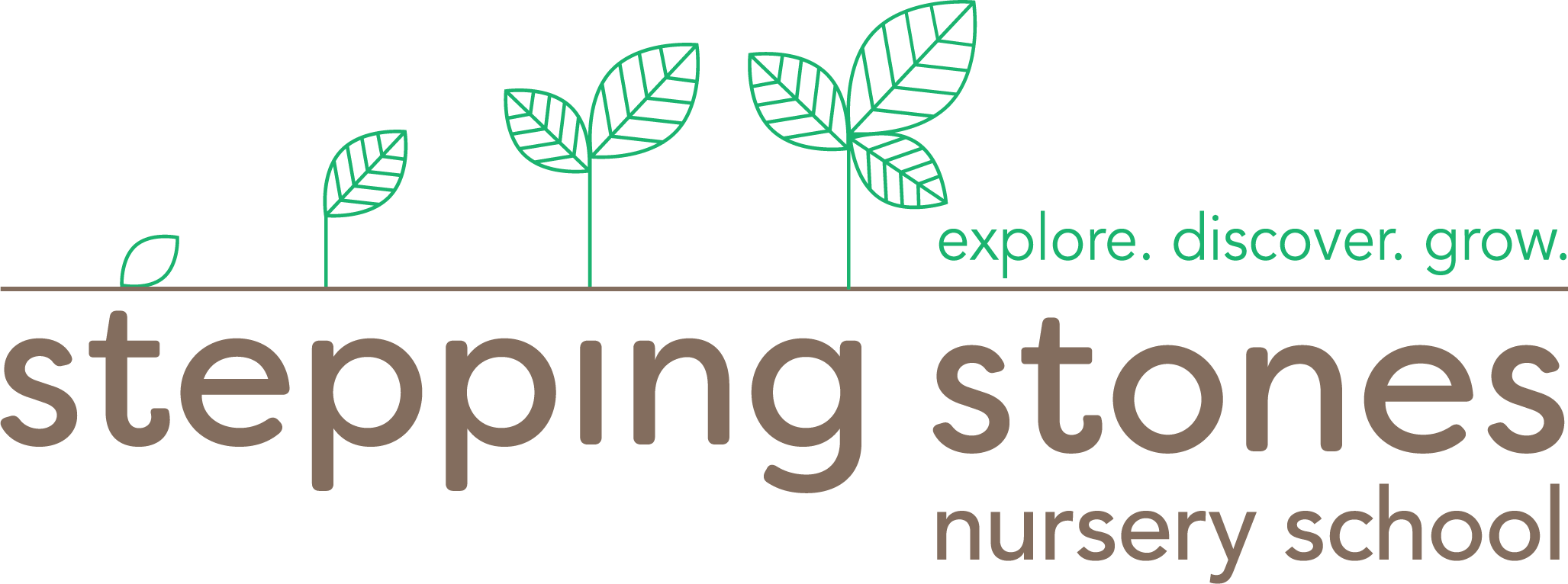After an inspiring visit to Boulder Journey School for an early childhood conference, we were motivated to jumpstart a project I’m calling Lights and Levels across both Stepping Stones locations. The project includes adding opportunities to diversify play levels and add projection to play invitations. This is the story of our preschoolers adding projection to their play.
To read about play levels, visit Lights and Levels; Part One.
Part Two: Adding Light Through the Use of Projectors
Adding projection illuminates opportunities for:
- Responding to large scale images / engaging with a projected environment.
- Investigating colors, shapes, shadow & reflection.
- Seeing our work and ourselves in a new way
- Storytelling
Our Logan Square Blossoms classroom was very interested in incorporating projection into their classroom to see how the children would respond. They began the exploration by projecting an image of the Chicago Skyline onto a wall in the construction area.

What did we notice?
Blossoms Builders
The children used a combination of large blocks, small blocks, and small world characters to build within the frame of the projection and create interesting shadows in front of the image. We noticed that they used the projection to determine the height of their build, and were interested in using unique shapes and characters to create interesting shadows on the wall. Some children were interested in the fact that the image projection was transferred to the blocks themselves, and others were more interested in putting items in front of the light source to see what would happen.


Storytellers and Artists
After the children had a chance to fully explore building in response to a projection, the teachers decided to try a new idea related to another classroom interest: storytelling. We chose a book without words and projected the illustrations on a large scale so the children could see the details and narrate in their own words. We then chose a single image from the story and the children responded to it with oil pastels and butcher paper. Many students engaged in large body movements with their pastels, mimicking the motion of the water. Others focused on the details of the birds and shells. Some wanted to create their own, smaller, drawings at a table using the image as a reference.


 What were we wondering about?
What were we wondering about?
- How would the children respond to a projection of an environment like space, ocean, or forest?
- What are some other ways we could play with shadows using the projector?
- How can we honor their desire to engage in color play with the projector?
Projecting a moving ocean scene on the wall inspired lots of dramatic play! Children used their imagination to try and “catch the fish” swimming through the frame. They also used the small sea creature toys to create shadow swimming through the blue light.
For additional shadow and color play, the teachers brought in the overhead projector and set up a light lab in the back of the classroom. Children had access to a variety of materials to explore on the overhead including: stencils, letters, and colored cellophane and geometric shapes.


Check out Part One of this blog as well, which focuses on the addition of play levels in the preschool classroom!
- Visit Boulder Journey School for your own play-based inspiration and opportunities to attend their conferences!
- The story without words featured in our project is called Wave, by Suzy Lee. She has illustrated a number of wordless books that our children love! http://www.suzyleebooks.com/home.htm

